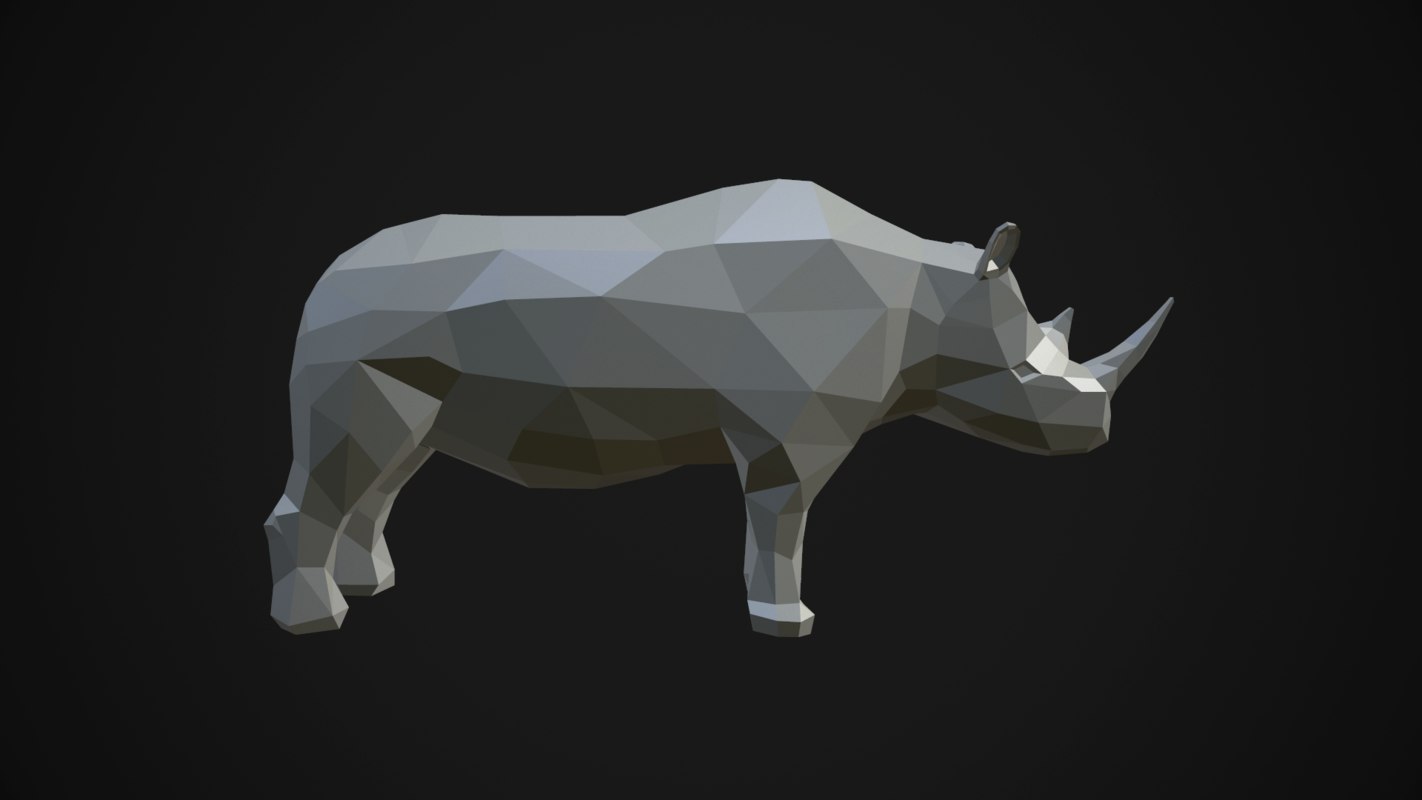

Please note this course only applies to the SubD tool in Rhino 7. Don't wait to take advantage of this exclusive opportunity - enroll today and start building your skills! You'll learn how to develop complex freeform shapes and can practice building accurate 3D models at your own pace.īy the end of this course, you'll have gained the skills and confidence to create stunning organic models using SubD in Rhino 7. Our comprehensive curriculum provides step-by-step video tutorials, exercise files, and the most commonly used SubD commands to create jewelry parts and pieces. This course is designed for individuals with basic Rhino 3D knowledge who want to take their skills to the next level. With the ability to convert to regular Rhino NURBS models for export in solid, you can take your creations to the next level. The output of geometries in still and animate forms.Unlock your potential to create stunning organic 3D models with the SubD plug-in in Rhino 7! Our course offers an exclusive opportunity for designers to build high-quality, real-time models quickly. The application of Procedural Logics - the structuring of coding systems to produce variable geometric form. The understanding and application of Rhinoscriptsyntax, a native coding language in Rhinoceros that’s imported into Python, which allows one to create and control geometries through authoring code. By the end of the course students will be familiar with the basic structure and syntax of this language. The fundamentals of coding in the Python scripting language. An introduction to Design Computing as a subject and why designers should learn to code. So, by the end of this course, you will know the fundamentals of Python and Rhino script, but importantly, through the lens of their application in geometrically focused design lessons and exercises. Structured around a series of fundamental design problems, this course will show you Python code in terms of its rules and syntax, and what we can do with it in its application and design. Designers must go beyond the narrowly focused use of computers in the automation of simple drafting/modeling tasks and instead explore the extraordinary potential digitalization holds for design culture/practice. As our world is increasingly impacted by the use of algorithms, designers must learn how to use and create design computing programs.


 0 kommentar(er)
0 kommentar(er)
